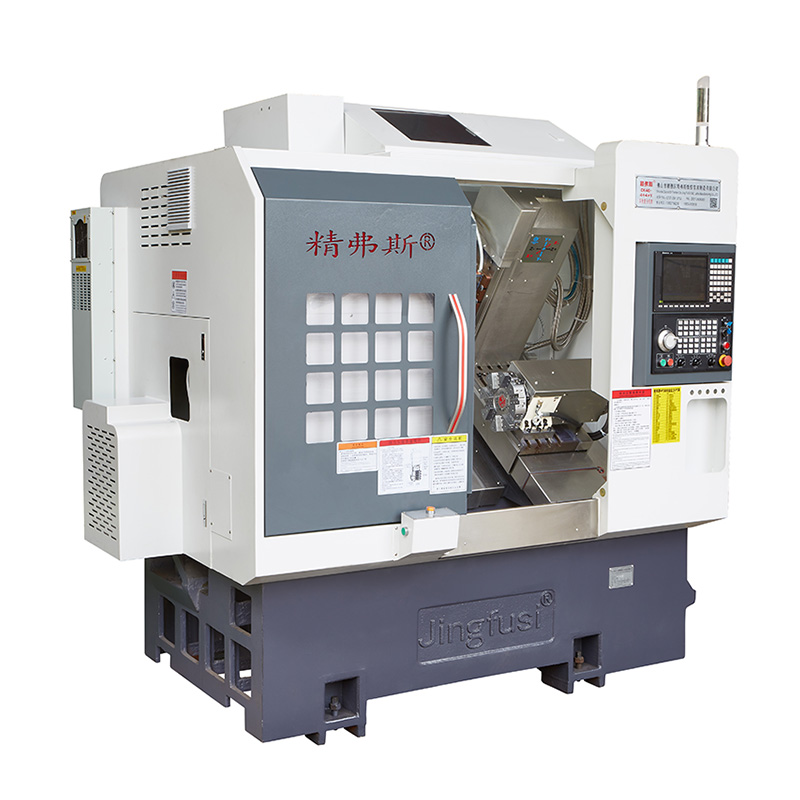 English
English-
 English
English -
 Français
Français -
 日本語
日本語 -
 Deutsch
Deutsch -
 tiếng Việt
tiếng Việt -
 Italiano
Italiano -
 Nederlands
Nederlands -
 ภาษาไทย
ภาษาไทย -
 Polski
Polski -
 한국어
한국어 -
 Svenska
Svenska -
 magyar
magyar -
 Malay
Malay -
 বাংলা ভাষার
বাংলা ভাষার -
 Dansk
Dansk -
 Suomi
Suomi -
 हिन्दी
हिन्दी -
 Pilipino
Pilipino -
 Türkçe
Türkçe -
 Gaeilge
Gaeilge -
 العربية
العربية -
 Indonesia
Indonesia -
 Norsk
Norsk -
 تمل
تمل -
 český
český -
 ελληνικά
ελληνικά -
 український
український -
 Javanese
Javanese -
 فارسی
فارسی -
 தமிழ்
தமிழ் -
 తెలుగు
తెలుగు -
 नेपाली
नेपाली -
 Burmese
Burmese -
 български
български -
 ລາວ
ລາວ -
 Latine
Latine -
 Қазақша
Қазақша -
 Euskal
Euskal -
 Azərbaycan
Azərbaycan -
 Slovenský jazyk
Slovenský jazyk -
 Македонски
Македонски -
 Lietuvos
Lietuvos -
 Eesti Keel
Eesti Keel -
 Română
Română -
 Slovenski
Slovenski -
 मराठी
मराठी -
 Srpski језик
Srpski језик -
 Español
Español -
 Português
Português
How can turn-mill machining machine increase productivity for a business?
2024-09-19

What are the benefits of Turn-Mill Machining Machine?
Turn-Mill Machining Machine has a myriad of benefits, which include:- Increased productivity due to reduced set-up time
- Reduced labor work since one operator can handle several machines
- Consistent quality for precise parts
- Improved accuracy and repeatability of parts due to the use of CNC programming
- Reduced lead times due to fast turnaround times
- Savings on tooling
- Increased capacity and flexibility in production
What industries can benefit from Turn-Mill Machining Machine?
Turn-Mill Machining Machine can benefit various industries, including aerospace, automotive, medical, energy, and defense, among others. These industries require complex and highly accurate parts, and Turn-Mill Machining Machine can deliver on those requirements.What are some features of Turn-Mill Machining Machine?
Some features of Turn-Mill Machining Machine include:- Live tooling capabilities, which allow for milling and drilling operations
- Multi-axis operations, which allow for complex part geometries
- Automatic tool changers, which reduce set-up time
- CNC programming for precision and repeatability
- Bar feeder system, which allows for continuous production
In conclusion, Turn-Mill Machining Machine is an advanced technological innovation that can take any business to new heights of productivity and efficiency. With its many benefits and features, it is a valuable asset in various industries. If you want to stay ahead of the game, investing in Turn-Mill Machining Machine is a smart choice.Founded in 2006, Foshan Jingfusi CNC Machine Tools Company Limited is a leading manufacturer of high-quality Turn-Mill Machining Machines and other machine tools. Our machines are designed to meet the specific needs of our clients, with efficiency, reliability, and accuracy in mind. Contact us today at manager@jfscnc.com to learn more about our machines, or visit our website at https://www.jfscnc.com.
Scientific Research Papers:
- Magnusson, C., 2019. "A comparative study of the machinability of Ti-6Al-4V with conventional and turn-mill machining methods." International Journal of Advanced Manufacturing Technology, 100(1-4), pp.109-120.
- Zhang, H., 2018. "Analysis of thermal errors in turn-mill machining using finite element analysis." The International Journal of Advanced Manufacturing Technology, 97(5-8), pp.2393-2400.
- Srinivasan, G., 2017. "An analytical and experimental study of chatter in turn-mill machining." Journal of Mechanical Engineering Science, 231(7), pp.1428-1436.
- Wang, Y., 2016. "Investigation of cutting force in turn-milling of stainless steel." Journal of Materials Processing Technology, 234, pp.136-142.
- Lee, J.S., 2015. "Thermal modeling of turn-mill machining of Inconel 718 alloy." The International Journal of Advanced Manufacturing Technology, 76(5-8), pp.1111-1121.
- Su, Y., 2014. "An experimental and numerical study of residual stresses in titanium alloy turned using a turn-mill center." The International Journal of Advanced Manufacturing Technology, 70(5-8), pp.1045-1056.
- Bozdana, L.T., 2013. "Effect of tool wear on surface roughness in turn-milling of Inconel 718." Journal of Materials Processing Technology, 213(7), pp.1150-1158.
- Bagci, E., 2012. "Tool life optimization in face milling and turn milling operations using response surface methodology." The International Journal of Advanced Manufacturing Technology, 63(5-8), pp.541-552.
- Ou, Y.C., 2011. "A study on the relationship between the chip morphology and the surface roughness in turn-mill machining of Inconel 718." Journal of Materials Processing Technology, 211(7), pp.1195-1203.
- Zare Chavoshi, S., 2010. "An experimental and numerical study of chip formation mechanisms in turn-milling of a titanium alloy." Journal of Materials Processing Technology, 210(7), pp.967-977.
- Duflou, J.R., 2009. "Improved integration of turning and milling through the use of a common machine tool platform." CIRP Annals, 58(1), pp.3-6.




